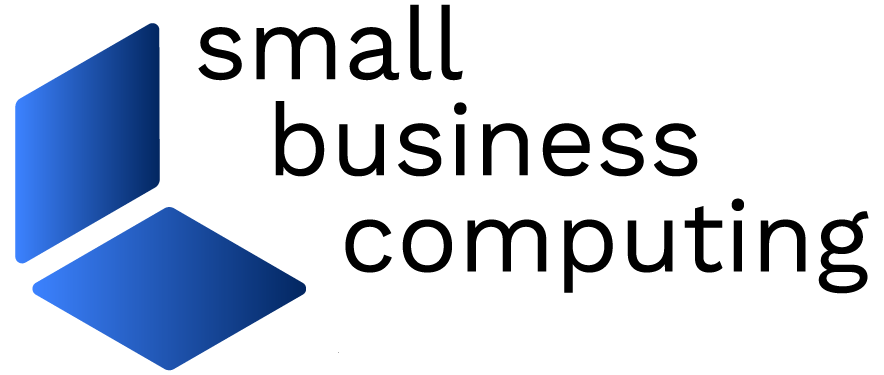NASA recently announced the selection of 363 proposals from U.S. small businesses and research institutions to support its larger Moon to Mars exploration plans, aimed at landing astronauts on the Moon by 2024 and establishing a sustained human presence on and around the moon by 2028.
The selections, which have a total value of more than $45 million, cover a wide range of applications including:
- An intelligent rover wheel with integrated sensing and perception subsystems to improve mobility on the Moon and planetary bodies
- A laser-based mass spectrometer that could be used to search for life on other planets
- A lightweight, deployable solar panel that rolls into a compact cylinder for storage, leveraging recent advancements in thin film solar cell technology
- Technology that enables autonomous and safe operations of unmanned aircraft systems over long periods of time in cluttered, complex environments
- A technique to generate crater maps faster and at higher resolutions than the best manual identification efforts
- A simulation to screen, test and validate commercial off-the-shelf hardware that could be used for high-performance computing systems
Key criteria for selection included the proposals’ technical merit and feasibility; work plan and commercial potential; and the experience, qualifications and facilities of the submitting organizations.
Partnering with Small Businesses
The selections are part of the agency’s Small Business Innovation Research (SBIR) and Small Business Technology Transfer (STTR) programs, which are intended to encourage small businesses and research institutions to develop innovative ideas that meet government research and development needs, while stimulating technological innovation in the private sector, increasing the commercial application of research results, and encouraging participation of socially and economically disadvantaged people and women-owned small businesses.
The SBIR and STTR programs are being conducted in three phases – the 363 proposals recently selected were all part of Phase I, with each proposal given a maximum funding of $125,000 in order to establish scientific, technical and commercial merit and feasibility.
Phase II, focused on the development, demonstration and delivery of the innovation, has a maximum funding of $750,000 per proposal. Only those awarded a Phase I contract can submit a proposal for Phase II.
Last month, NASA announced the selection of 142 proposals from 129 U.S. small businesses for Phase II contracts, including:
- Solar panels that deploy like venetian blinds
- Sensor technology for autonomous entry, descent and precision landing on planetary surfaces
- A type of permanent magnet that creates a bonding force between two halves with no moving parts
- A high-resolution X-ray instrument to analyze surface rocks and core samples on planets and asteroids
- A suite of technologies for managing autonomous aircraft, designed to enable a single dispatcher to monitor multiple flights simultaneously
Phase III is the commercialization of technologies, products and services from a Phase I or Phase II contract.
“Small businesses play an important role in our science and exploration endeavors,” Jim Reuter, associate administrator for NASA’s Space Technology Mission Directorate (STMD), said in a statement. “NASA’s diverse community of partners, including small businesses across the country, helps us achieve our mission and cultivate the U.S. economy.”

